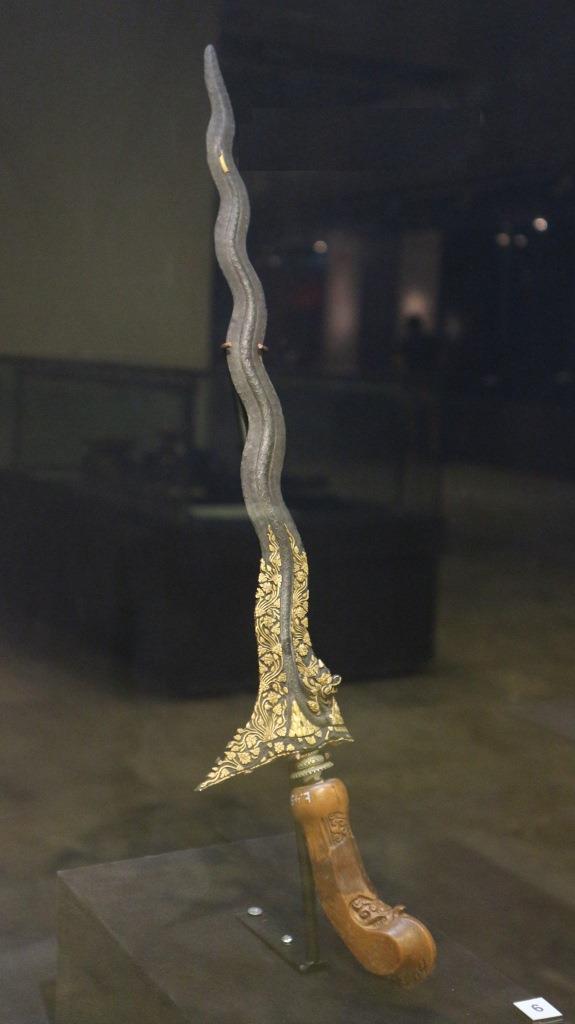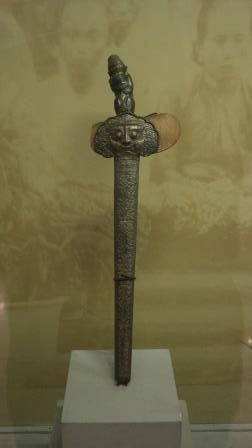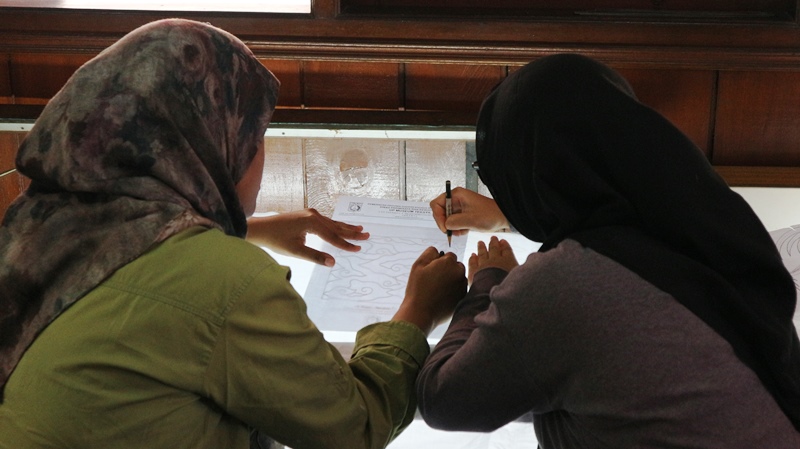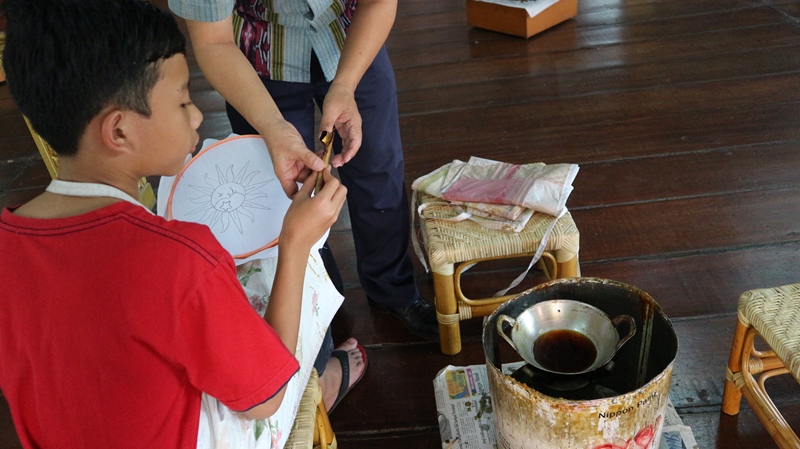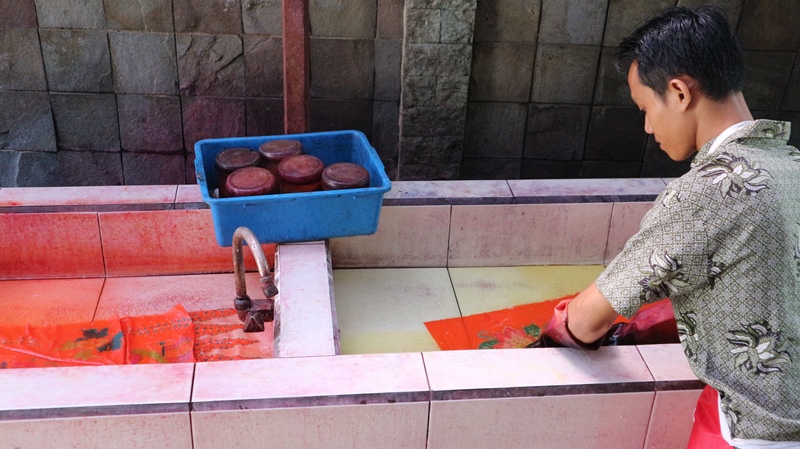There are countless delicious Indonesian that you can find in Old Batavia, and the key ingredients are the spices. The strategic location of Indonesia and the great ability of Indonesian ancestor to navigate ships in the sea, makes it possible for Indonesian to trade and learn to grow spices from people at other countries and places.
The abundant amounts of spices in Indonesia attract foreigners from Europe and spurred their ambition to exploitation of economics, hence the colonialism started. The history of spices that is worth to know and spread can be found in Indonesian museum in the present day. One of them are in Museum Bank Indonesia, that is located inside the complex of Jakarta Old Town area.
Aside from Museum Bank Indonesia, the history of spices can also be found in Museum Bahari, that is mainly displaying a maritime history of Indonesia. It is not located inside the Jakarta Old Town area, but it is quite near and can be reached in walking distance. It is also near to the Sunda Kelapa Harbor where you can see big ships anchored to load and unload.
A variety of spices that are widely used in Indonesia until the present days includes clove, cardamom, ginger, nutmeg, cinnamon, lemongrass, aromatic ginger, turmeric, galangal, and many more. These spices are used not only for cooking ingredients, but also for traditional drinks and medicines. The use of spices provides a rich aroma and distinctive flavors.
Curious about the spices that become a treasure that is sought after? Come visit Jakarta, join our Jakarta Walking Tour, and follow the trace of spices in Old Batavia with us. You can learn the route of spices, see the shape and smell of the spices, and learn their history.
Aside from learning the history of spices, you can also try delicacies that include spices if you join our Jakarta Food Tour. Prepare your comfortable shoes and clothes, and you will be ready to walk around with the Jakarta Walking Tour. See you around!


